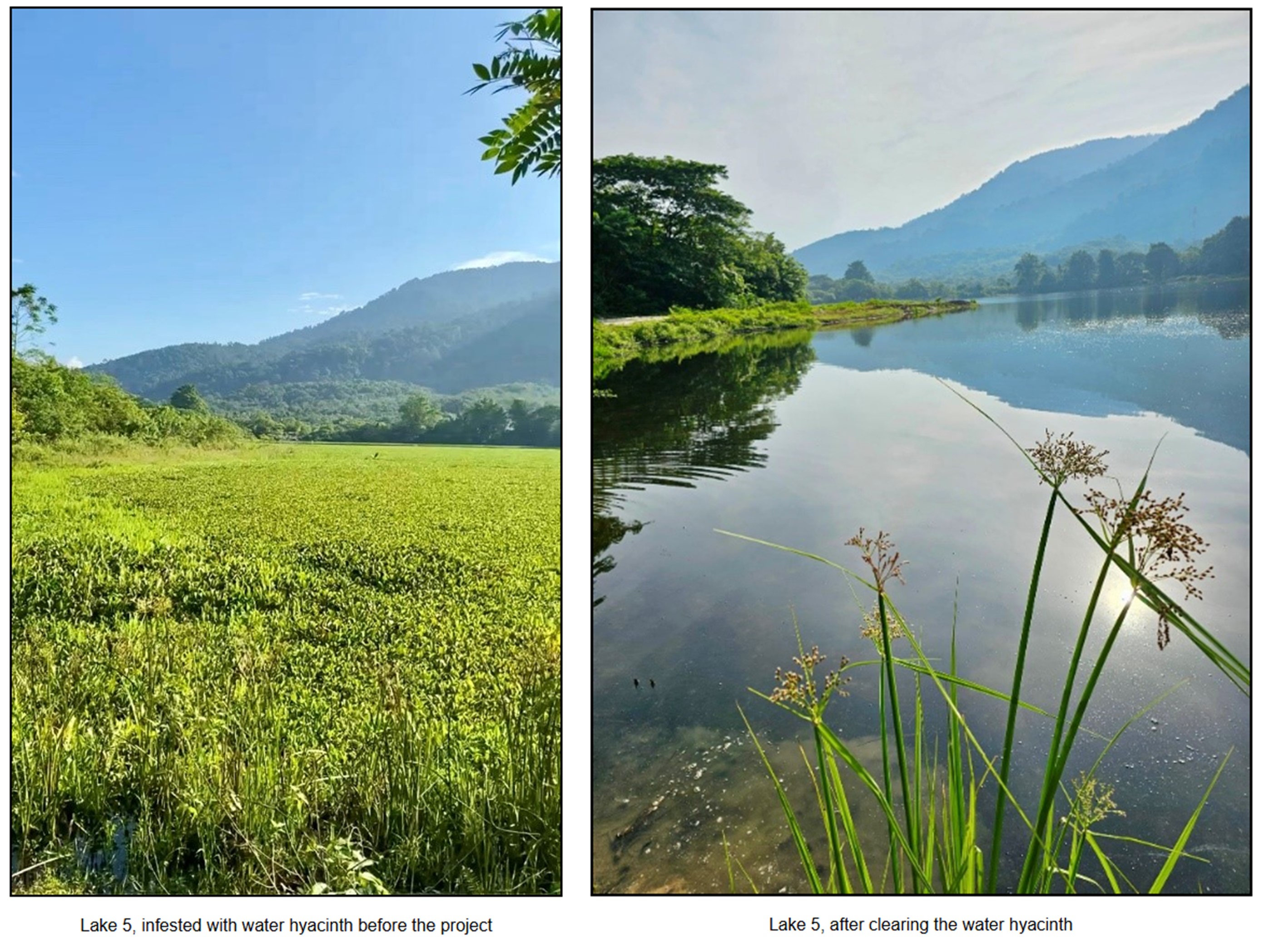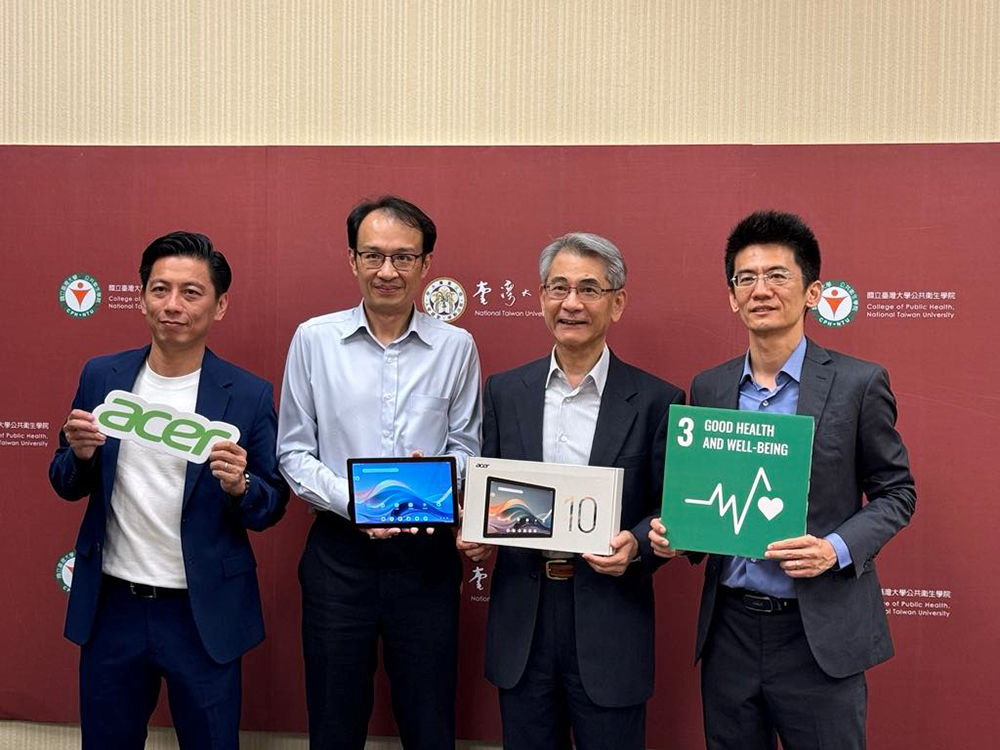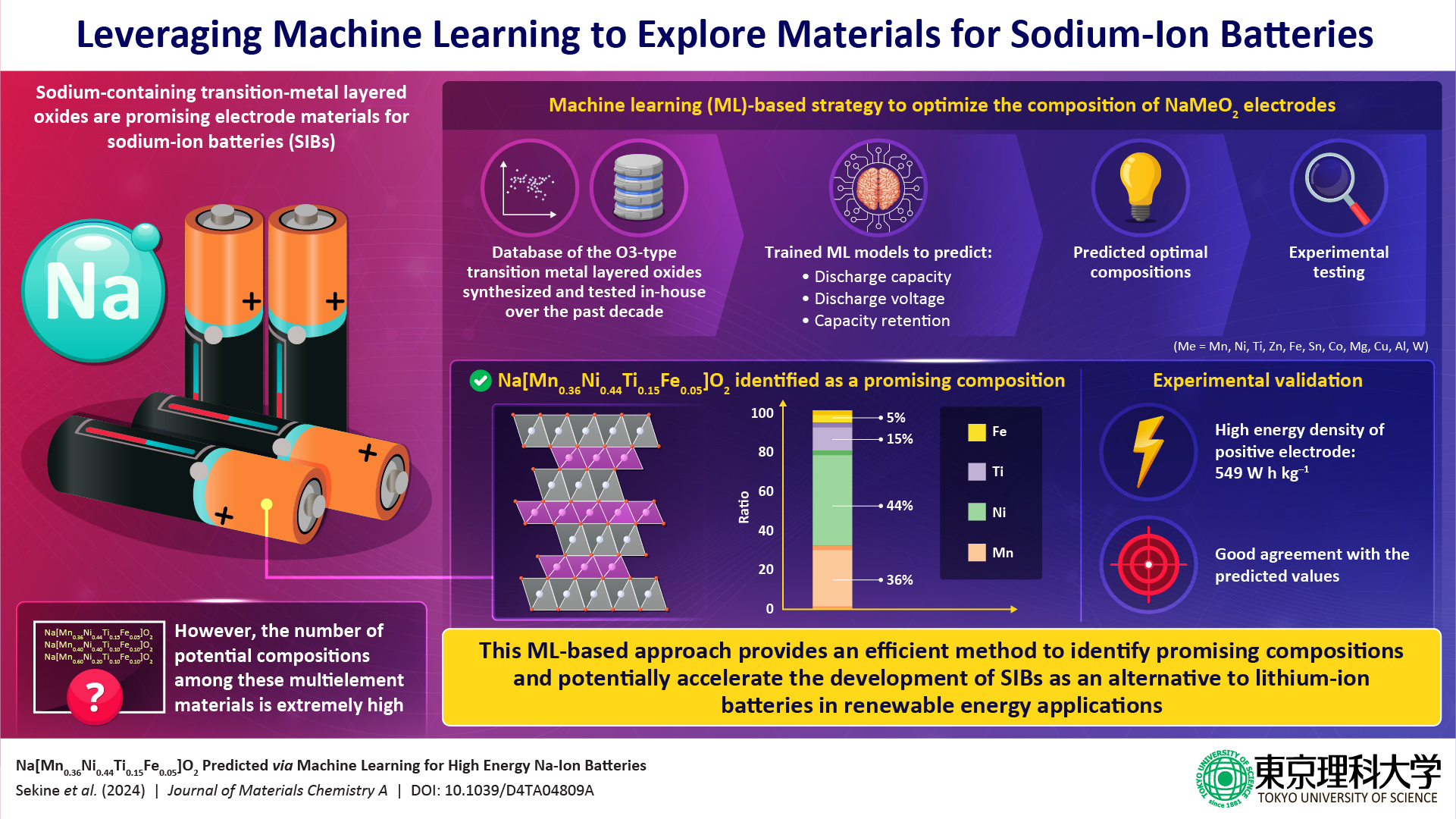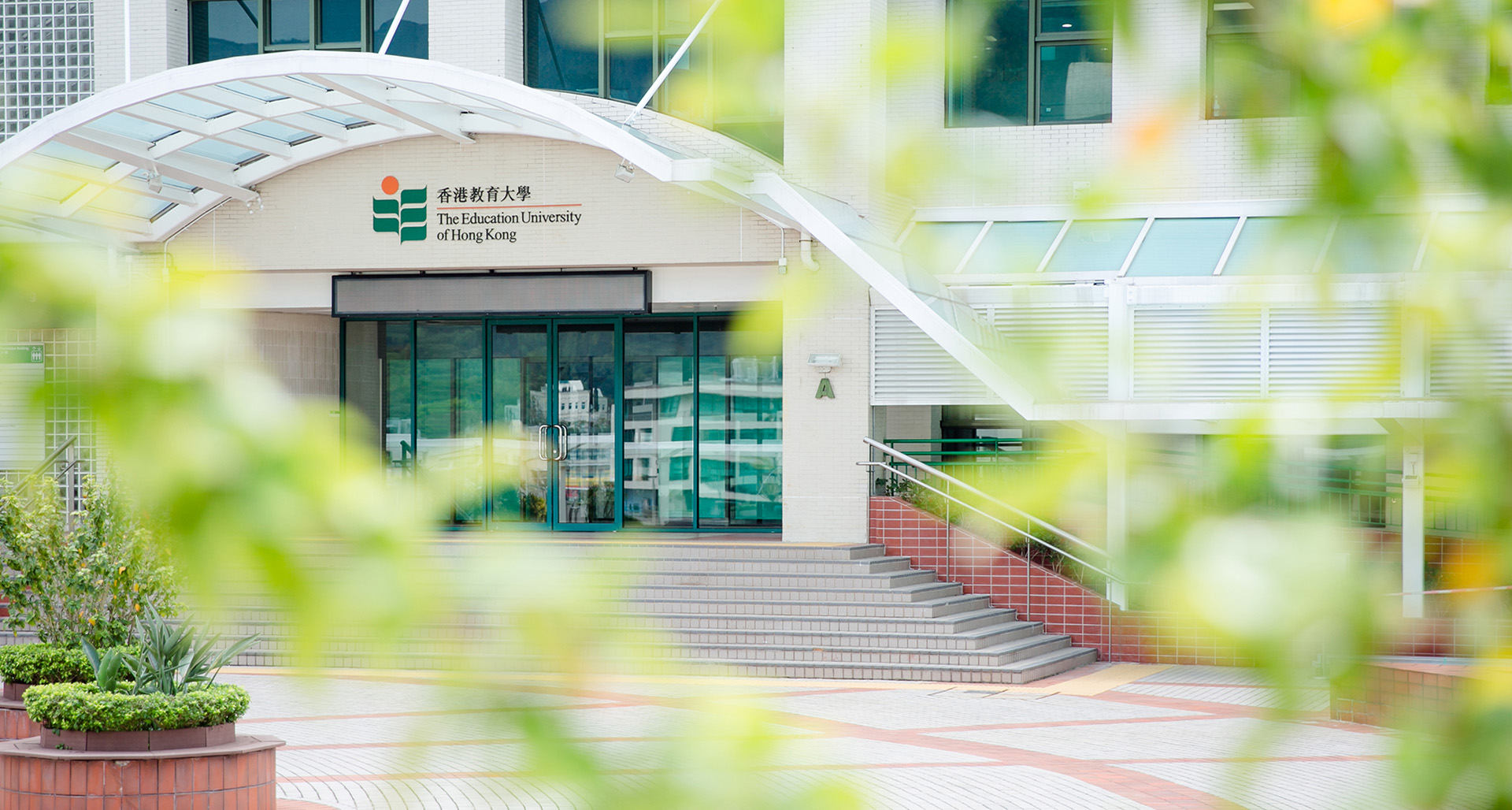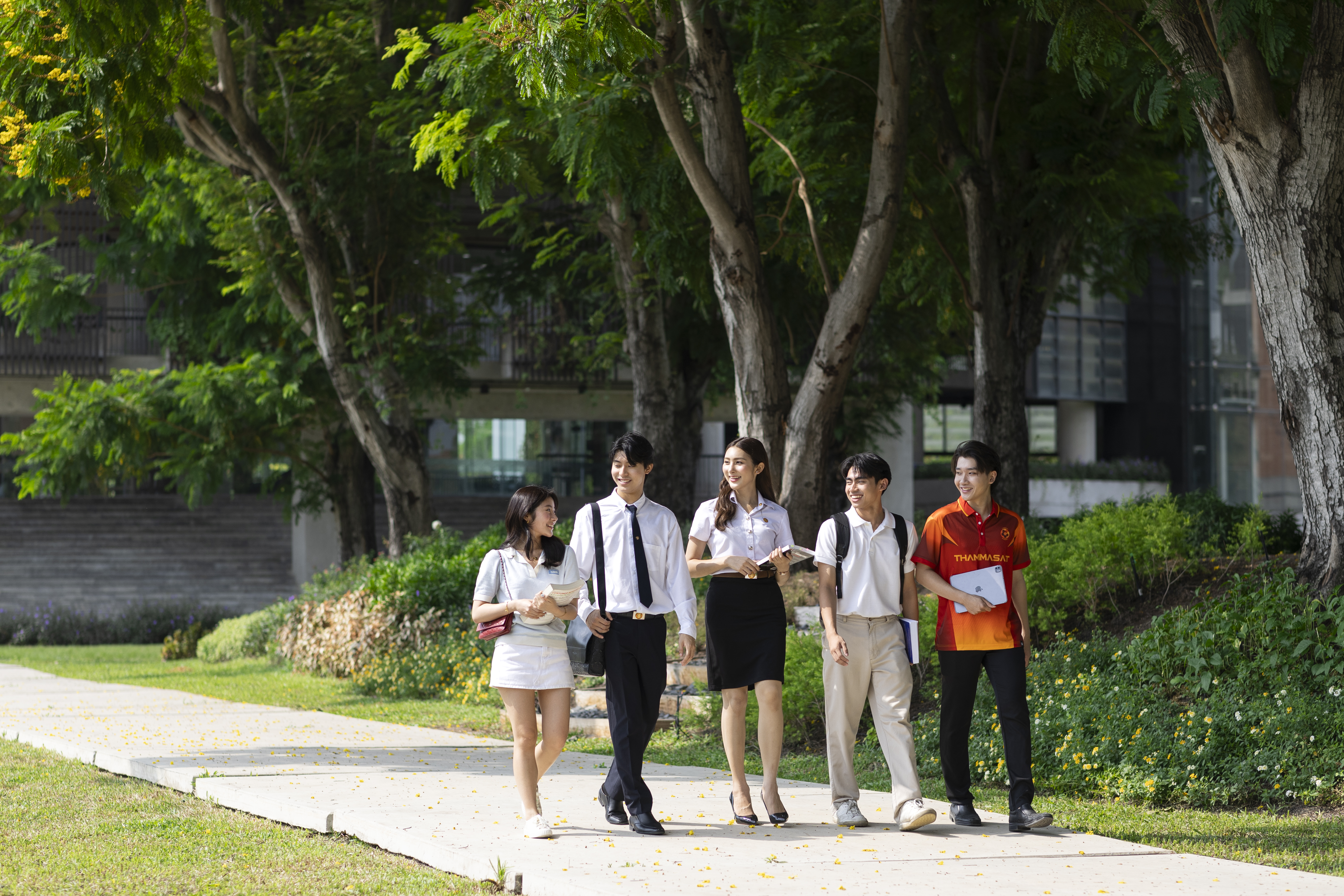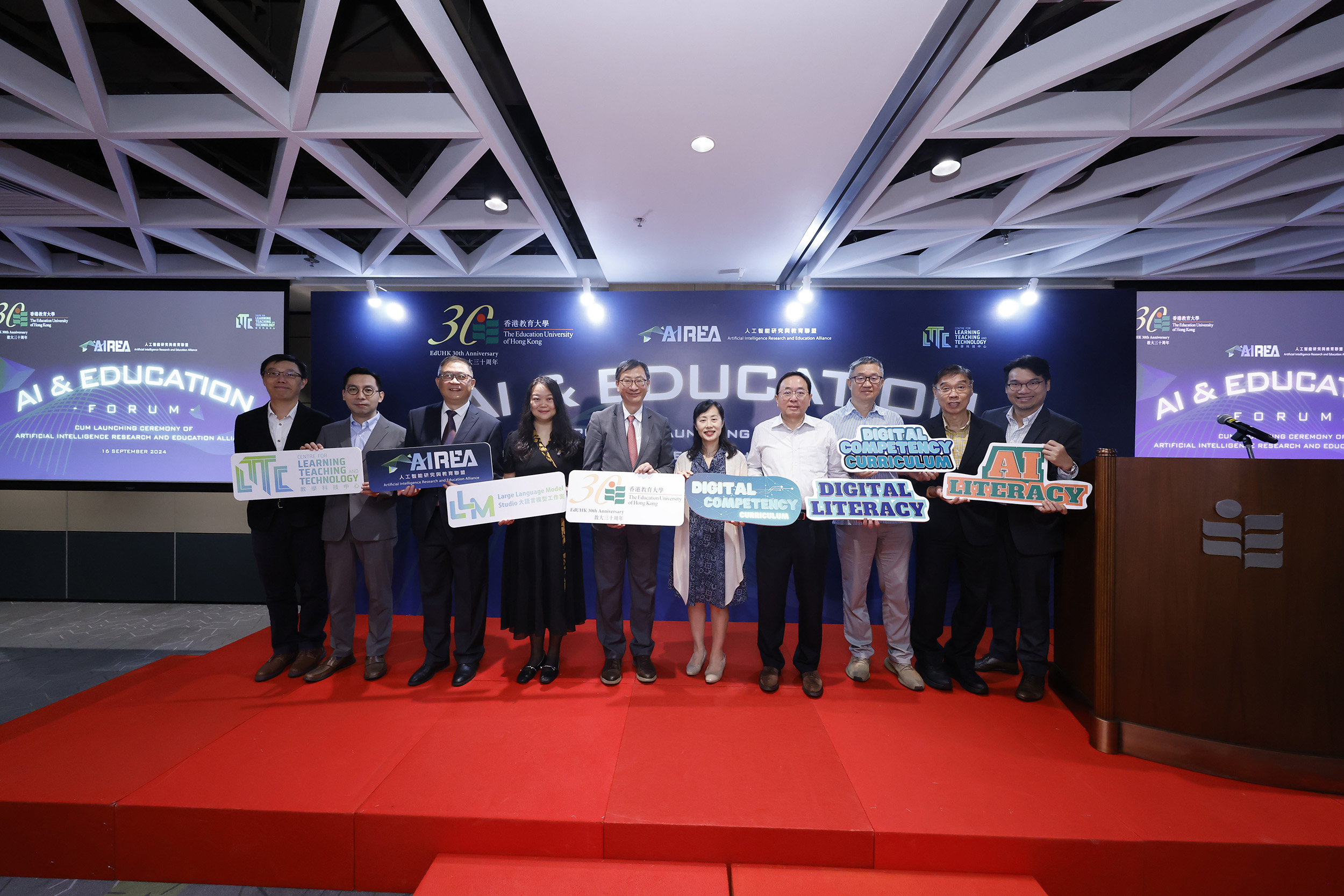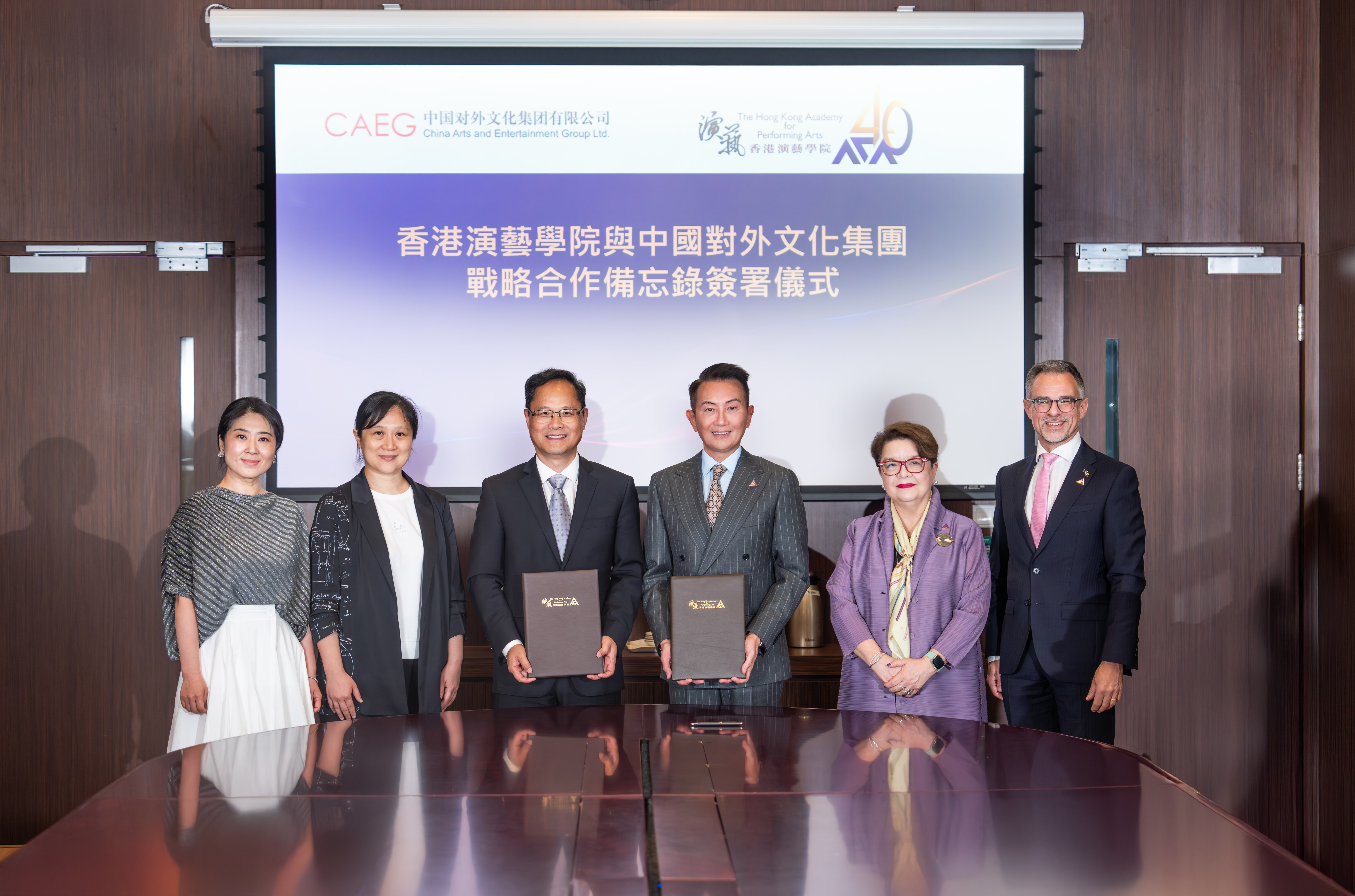The increasing number of cancer cases worldwide raises the need for more advanced treatment options. As an alternative to radiotherapy, particle therapy is used in over 30 European treatment centres; however, it is not yet available in the Baltics. Lithuania, Latvia, and Estonia, in collaboration with CERN, are working on an ambitious, though still distant, goal of establishing an Advanced Particle
Therapy Centre for the Baltic States, which would use a helium-4 synchrotron, currently being developed at CERN.
2018 marked Lithuania’s accession to the European Organisation for Nuclear Research (CERN) as an Associate Member and the beginning of the CERN Baltic Group (CBG). Bringing together 14 universities and research institutions from Lithuania, Latvia, and Estonia, CBG aims to
develop high-energy physics and accelerator technologies in the Baltic region. One of the goals of CBG is also to establish a leading particle therapy centre in the region.
“We created the CERN Baltic Group with a single idea to speak in one voice with CERN,” said Professor Toms Torims, opening a CBG stakeholder meeting at Kaunas University of Technology (KTU) Santaka Valley on the 23rd of September. “In science, we usually compete –
between countries, between institutions, even between departments within the same university. But we, as countries, are too small at the international level to be heard separately; so, this group is about working together towards common goals, one of them being this particle therapy centre in our region,” emphasised the professor at Riga Technical University (RTU) and convener of CERN Baltic Group’s
Working Group regarding the initiative.
At the recent meeting with stakeholders in Kaunas, representatives of CERN Baltic Group from KTU and RTU presented the potential concept of the particle therapy centre. Scientific and medical community members, a representative of CERN, representatives of Vilnius University, Lithuanian University of Health Sciences, National Cancer Institute, advisors from three ministries of Lithuania, and the Innovation
Agency of Lithuania agreed that this project is a chance for the region that cannot be missed. At the same time, it is also a challenge that needs to answer many questions about the region’s ability to make it happen.
Evolution in cancer treatment
Radiotherapy is a common cancer treatment method, but it does also, to a certain extent, affect healthy cells due to the characteristics of the used gamma and X-rays. Particle therapy, on the other hand, offers a more precise and localised delivery by using high-energy proton or ion beams – an effective alternative with fewer side effects in certain cancer types.
The key to particle therapy’s effectiveness is the “Bragg peak,” a term known in particle physics, which allows charged particles, such as protons or carbon ions, to release most of their energy at a specific depth inside the tissue; therefore, allowing more precise tumour targeting with the minimal radiation dose on surrounding organs.
More than 30 centres in Europe already use particle therapy, but the Baltics is one of the few regions in Europe without this technology.
“We indeed have some of the most state-of-the-art conventional radiotherapy facilities, but particle therapy is the next step in cancer treatment. It will not replace radiotherapy but will expand its possibilities. When the tumour is close to vital organs, such as in the head or neck, also in paediatrics or recurrent cancer treatment, it is probably the most optimal therapy,” explained Kristaps
Palskis, a researcher at Riga Technical University and a member of the working group of the Baltic Particle Therapy Centre.
Helium-ion synchrotron, the latest technology being developed at CERN, could be used in the Baltic Particle Therapy Centre. This technology, as Palskis said, would be the optimal choice for our region: helium ion therapy is more precise than proton therapy
but much cheaper than carbon. In addition, this synchrotron could be used not only for treatment but also for nuclear medicine and research, starting with unconventional radioisotope production and, in the longer term, for proton or helium-ion therapy.
“Helium ions are one of the future trends of particle therapy,” added Prof. Torims, “and we could be the first to implement it.”
The chance to become a “mini-CERN”
Although the proposed particle therapy centre would perform clinical functions, CBG members stressed that it would primarily serve as a research facility. According to Dr. Brigita Abakevičienė, Chairperson of the CERN Baltic Group and Associate Professor at KTU, having access to a non-commercial, top-class particle synchrotron developed using CERN technology would significantly contribute to developing
critical research areas in the region and enhance study competitiveness in these fields.
“One of our group’s main objectives is to develop an international, multidisciplinary master’s degree programme in high-energy physics and accelerator technology. As universities, we are nurturing the future generation of scientists, and we must agree not only on how we train them for future priority areas but also on how we create those future job positions in our region,” emphasised Dr Abakevičienė.
RTU professor Toms Torims added that utilising a particle synchrotron based on CERN technology would also open even more opportunities for direct collaborations with CERN. The centre’s research scope could range from clinical studies, necessary for developing treatment methods, to fields not directly related to cancer treatment, including radiation chemistry, particle physics, accelerator physics, and more. This, in turn, would not only help strengthen the region’s scientific edge but also contribute to economic growth.
“It is about the competitiveness of the region in the science market. It’s about the opportunity to offer the best to our scientists and not only to avoid the brain drain but also to attract talents from other regions,” said Prof. Torims.
If a centre was established in the Baltics, experts estimated it could achieve its full functionality in 15-20 years. However, Mr. Palskis noted that initial research work could begin in about eight years, starting with radioisotope research, then progressing to proton therapy and, ultimately, helium therapy. However, CBG stressed that, at least for now, the Baltic Particle Therapy Centre is only
an ambitious goal, and only a comprehensive feasibility study can ground its potential in our region.
Many open questions remain
Two years ago, initial discussions about establishing a particle therapy centre in the Baltics raised an important question: was the demand for such treatment big enough in the region? In 2020, about one-third of cancer patients in the Baltic States received radiotherapy, and preliminary estimates suggest that between 200 and 2,000 of these patients could potentially benefit from particle therapy
annually.
“These figures correlate with the experience in European particle therapy centres. On average, particle therapy centres in different countries provide treatment to 223 adults and 150 children per year. Therefore, it seems we can consider the potential of
such a centre in our region,” said Palskis.
However, the CBG working group emphasised that more precise data will only be available after a comprehensive feasibility study assessing the clinical, economic, and technological viability as well as the most suitable city to build the centre in. Currently, the main candidates are the two largest cities of Lithuania and Estonia: Vilnius, Kaunas, Tallin, and Tartu, as well as Latvia’s capital Riga. If
conditions are favourable, this study could begin as early as next year and take two years to complete.
“It may seem like a slow process, but with a project this large, we must think ahead and find answers to all the questions. These answers will not be the final decision on whether to build the centre or not. However, our findings will be crucial for decision-makers. They will help determine if we can afford the project, and if we cannot financially, what the alternatives could be. Perhaps giving up some of the functions of the centre but still bringing benefits to the Baltic region,” said Palskis.
The Proposal for Feasibility Study will be discussed on October 17–18 at the 14th CERN Baltic Group General Meeting in Tallinn, Estonia.




